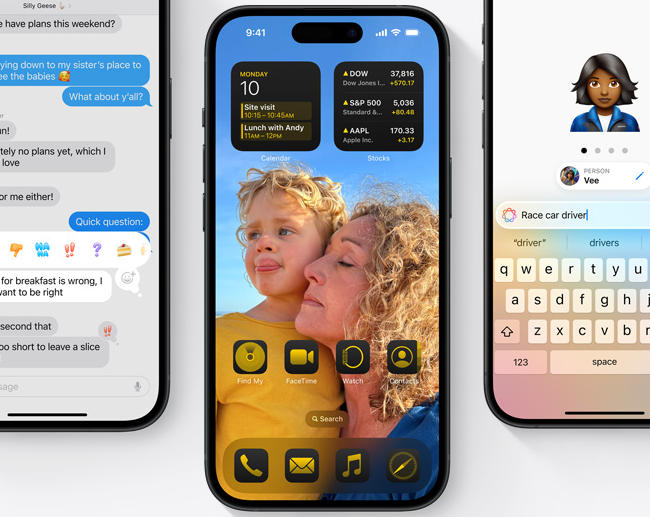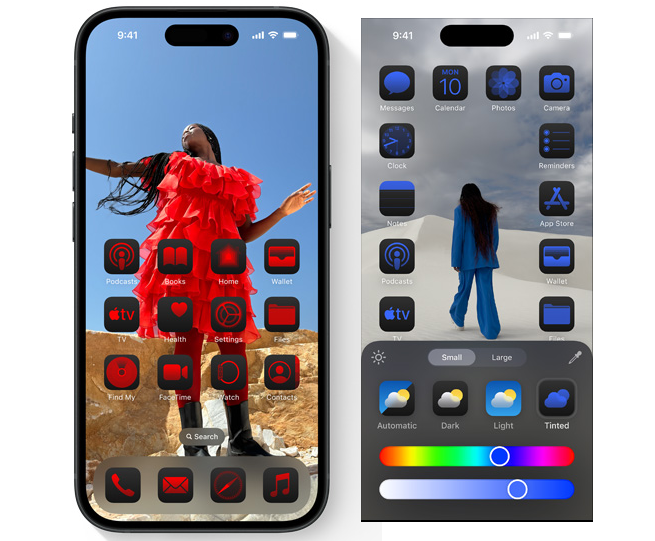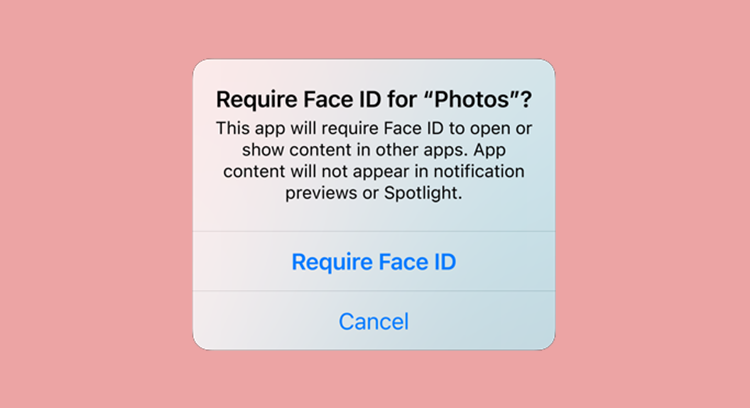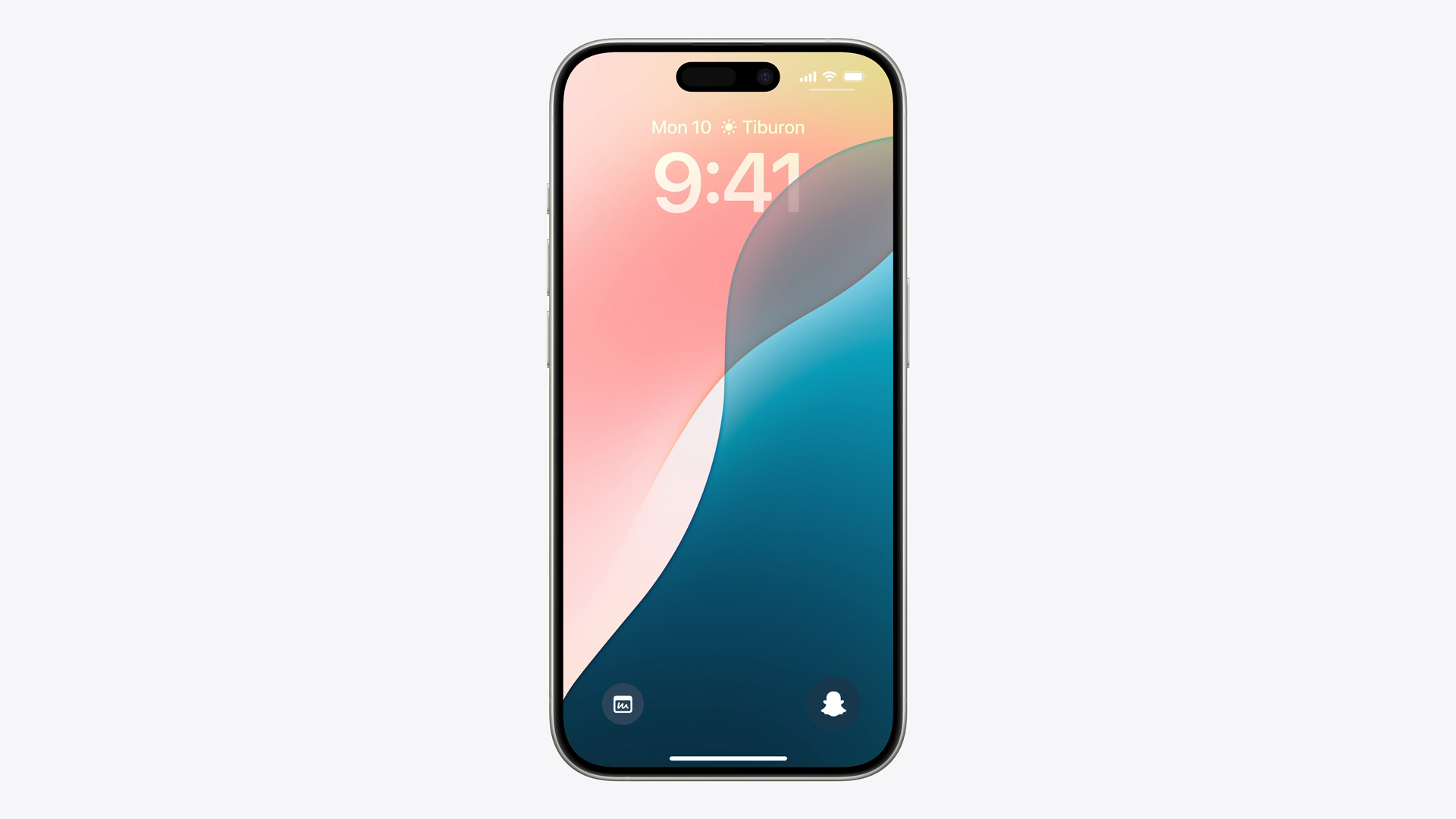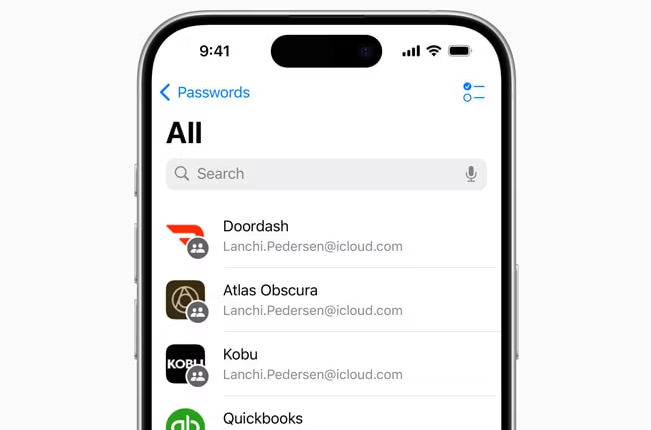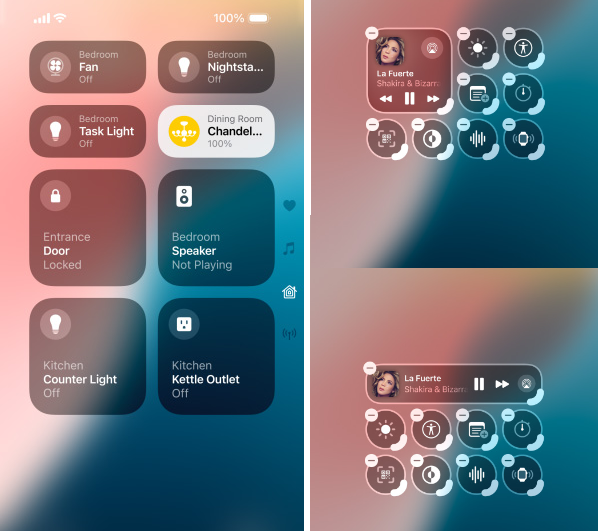Apple has announced many new iOS 18 features at WWDC 2024. As an Android user who has never owned an iPhone, I was surprised to see how many of these features have been on Android devices for years. So, I decided to round them up in this post.
Free App Icon Arrangement on the Home Screen
iPhone users can finally freely move icons around on the home screen. While your icons still have to conform to the invisible grid, you can place them wherever you wish to free up space and see your wallpaper. This has been a thing on Android (and other operating systems) since the beginning, and I’m surprised that Apple didn’t add it when they added widgets to iOS.
Custom App Icon Colors
A slightly more exciting icon-related feature is custom icons. You can now make the icons larger, which is incidentally a great accessibility feature for individuals who suffer from poor eyesight.
What’s even more interesting is that you can now change icon colors on all supported icons; you can pick automatic, light, dark, or tinted icons. Automatic mode switches icon colors between light and dark depending on the time of day, and you can even hit the sun icon to make your wallpaper slightly darker. The most interesting option is tinted. It automatically suggests an icon color based on your background, but you can pick any shade you wish, and all of your icons will turn to that color.
Android has had custom icon packs for years, and since you can download third-party icon packs, you can pick from a wide range of art styles. Nevertheless, I’m excited about this iOS addition because we’ll likely see improved custom icon support among app developers.
Game Mode
Game Mode made its way from macOS to iOS, a feature that the first wave of Android gaming phones pioneered before it got baked into Android 12 in 2021. Game mode minimizes background activity and focuses processing power on your game to achieve better in-game performance and lower latency for accessories like AirPods and wireless controllers.
RCS Messaging
RCS (Rich Communication Service) is a mobile communication protocol that significantly improves upon traditional SMS messaging by offering richer chat functionalities like file and media sharing. RCS has been available since Android 5 (2014), and it’s finally coming to iPhones with iOS 18. RCS support means you’ll finally be able to chat properly and share stickers and high-res images with your Android friends.
App Lock
App locking is a new privacy feature that lets you lock any app you wish so that others can’t access it, even if your phone is unlocked. When you want to open a locked app, you’ll be required to use Face ID, Touch ID, or your passcode to unlock it. Previously, only authenticators and bank apps required authorization before you could access them. My 2019 Android 11 phone has this feature, and I wouldn’t be surprised to learn that it’s available on Android devices that are even older.
Hiding Apps
Another feature that’s been around for years on Android phones is hidden apps. Similar to app lock, it’s a privacy feature that ensures your friends don’t see your most embarrassing apps on your home screen. When you hide an app on iOS 18, it goes into a locked “Hidden” folder that you can access just like any other locked app.
Custom Lock Screen Shortcuts
The default lock screen shortcuts on iPhone are the camera on the right and the flashlight on the left. These shortcuts are nothing new, but what is new is that you can now customize or even fully remove them. I’m surprised to see that Apple will let people launch third-party apps; Snapchat was shown as a shortcut example. Again, custom lock screen shortcuts are old news for Android users, as they’ve had this feature since Android 14.
Password Manager
Password managers are useful utility tools that keep all of your passwords stored in one safe location. They suggest and load highly complex and unique passwords for each app and website you log in to. Android phones and Google Chrome share the Google Password Manager, and I’ve been using it for as long as I can remember.
You can actually use Google Password Manager on iOS as well, but it’s great to see that Apple is now adding a first-party Passwords app. It’ll store your Wi-Fi passwords, passcodes, and verification codes as well, so it’ll be a real log-in one-stop shop.
More Customization in the Control Center
Apple’s Control Center is getting a customization overhaul with iOS 18. You can change the layout completely by adding custom groups and resizing individual settings. The most exciting part is that you’ll now be able to add third-party features directly from the Control Center, such as remote car unlock. Quick settings customization and third-party options have always been available on custom Android skins, but they were added to the OS with Android 6 in 2015.
Apple Mail Categories
Email categorization that’s coming soon to the built-in Mail app looks a lot like Gmail labels. The app will now sort emails into Primary, Transactions, Updates, and Promotions, based on what type of email it is. Gmail has Primary, Promotions, Social, Updates, and Forums. Sounds familiar, right?
Credit where credit is due: I quite like the new digest view that consolidates all emails from a business into one window. This view allows you to quickly check snippets of all emails from a business without having to fiddle around with the search function.
Calendar Reminders
The Calendar app will now show tasks you create in Reminders. Although this is a simple change, it’s a game-changer for busy individuals who rely on their notes to keep track of daily tasks. Google Calendar does the same with Google Tasks and, to a lesser extent, Google Keep, but we’ll see Keep and Tasks sync up sometime soon. Ultimately, both Android and iOS will have identical calendar functions when these changes come around.
AI Photo Editing
Let’s now shift our focus to Apple Intelligence and equivalent AI features in Android phones. For me, the standout feature is the Clean Up tool, which lets you remove unwanted objects from photos while preserving the original quality. It works exactly like the Samsung Object Eraser and Google Magic Editor.
On-Device AI
Numerous other Apple Intelligence features will be available with the full release of iOS 18 in the fall of this year. Many of them remind me of Galaxy AI, which uses a mix of cloud-based and on-device generative AI tools. On other Android devices that don’t have proprietary AI models, you can replace Google Assistant with Gemini to unlock additional functionality.
Thanks to integration with GPT-4o, Siri will be able to understand any type of on-screen context and answer questions. You’ll be able to generate unique images, proofread messages, summarize texts within your browser, and do a whole host of other virtual assistant stuff.
All of these features have largely been a part of Android for many years; still, I’m still glad that Apple has finally come around to making these improvements. Whenever Apple does something, it sends out shockwaves in the tech industry, which inspires further innovation.
To be more specific, I can’t wait to see how Apple will tackle on-device AI integration; I’m sure that it’ll be good, which means other smartphone manufacturers will be forced to react and attempt to one-up Apple Intelligence with even cooler features.


